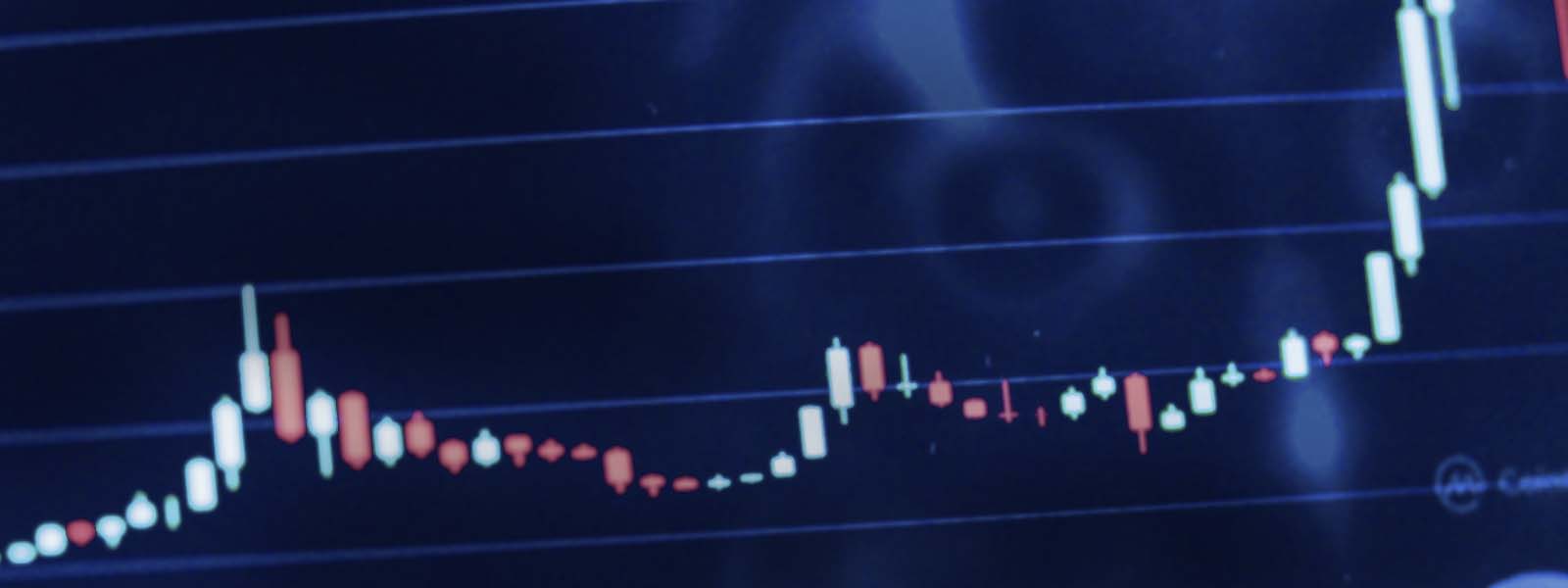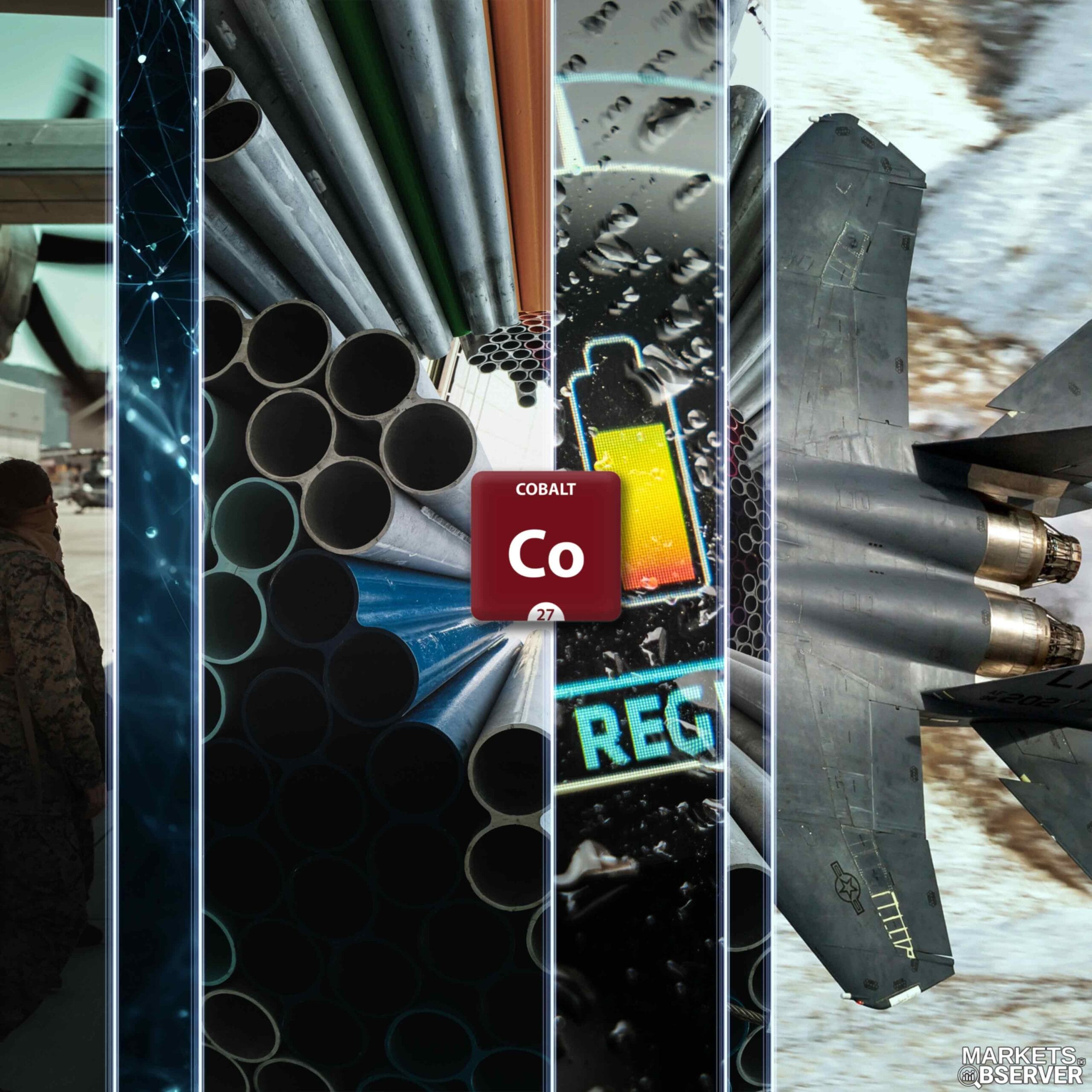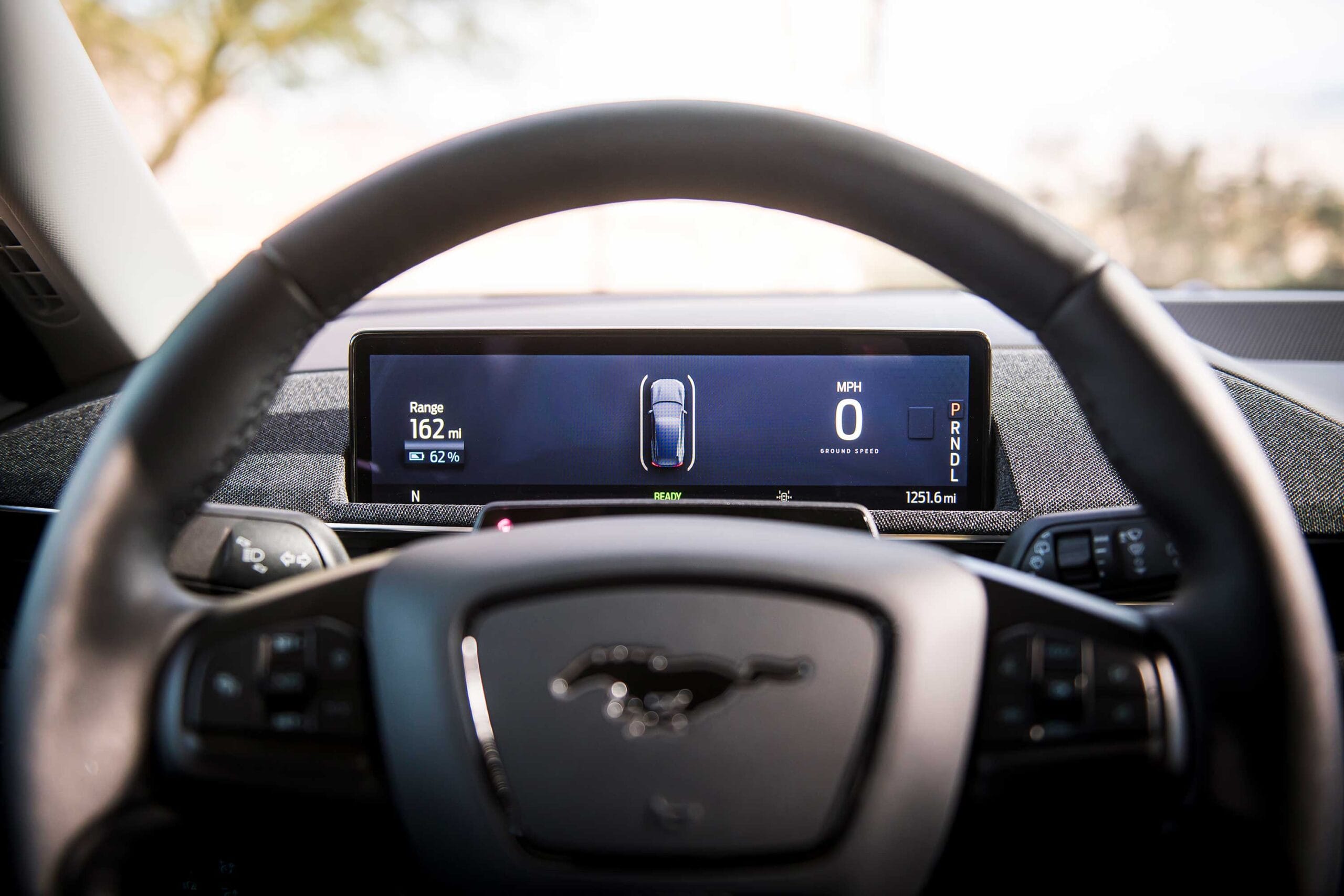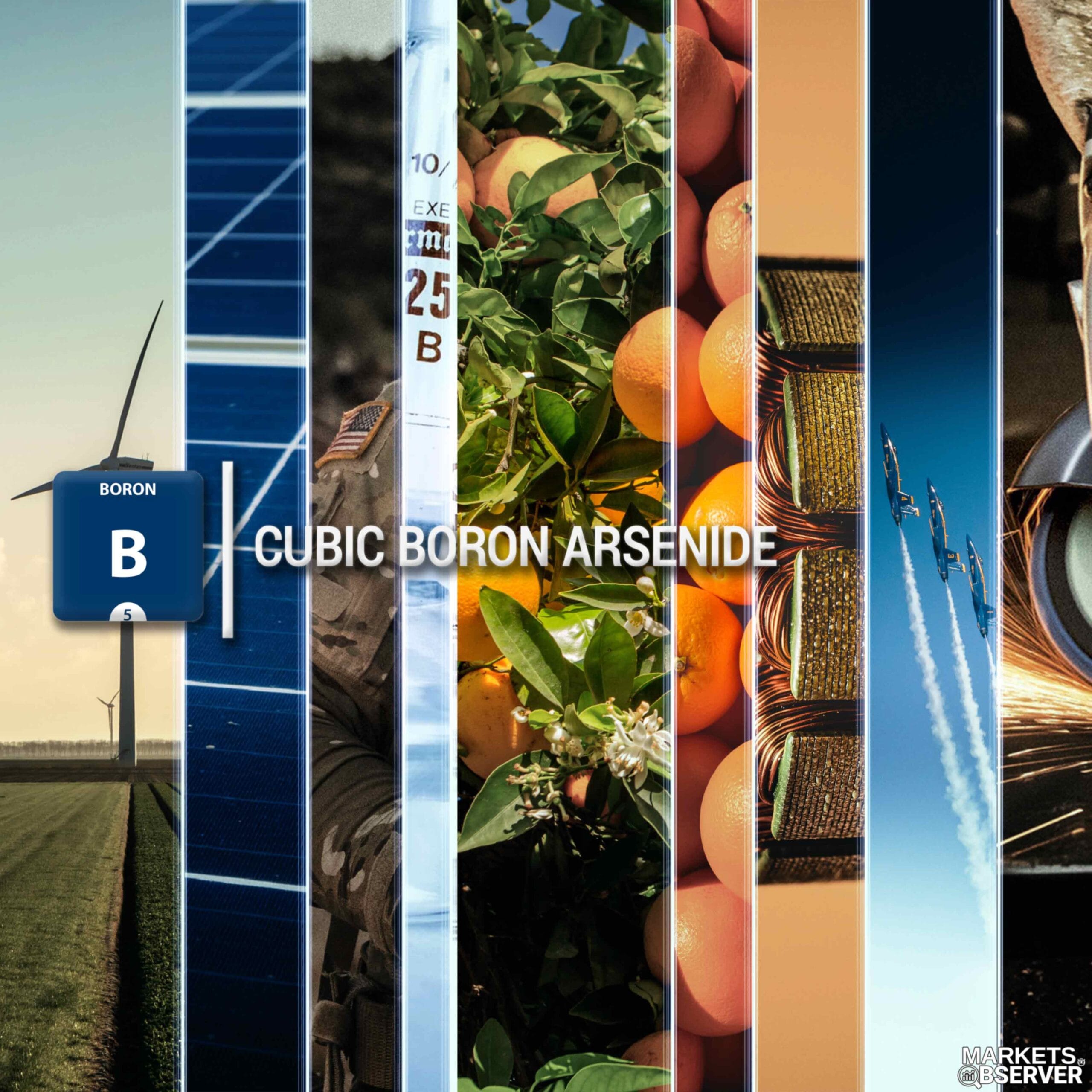The global cobalt market is expected to grow significantly in the coming years, driven by the increasing demand for electric vehicles and other electronic devices. According to a report by Technavio, the market is projected to grow at a CAGR of 9.36% from 2020-2025.
Key Points:
- Cobalt is an essential metal used in many industries, including aerospace, defense, magnets, and pigments.
- The demand for cobalt is driven by its use in the aerospace industry, particularly in the production of super alloys. These alloys are known for their high strength and resistance to wear and corrosion, making them ideal for use in various aerospace applications.
- The demand for cobalt has increased in recent years due to its usage in lithium-ion batteries for electric vehicles and other electronic devices.
- The Democratic Republic of Congo (DRC) is the largest producer of cobalt, accounting for over 60% of global production.
- The mining process for cobalt can lead to environmental damage and human rights abuses, such as the use of child labor.
- Companies and countries are seeking to diversify their sources of cobalt and ensure ethical and sustainable sourcing.
The cobalt market is expected to grow significantly in the coming years, driven by various factors such as increasing demand for super alloys in the aerospace industry and the growing popularity of electric vehicles.
Cobalt is a critical component of the cathode in these batteries, which is responsible for storing and releasing electrical energy.
The demand for electric vehicles is expected to continue to grow in the coming years, particularly as governments around the world introduce policies to reduce greenhouse gas emissions and combat climate change.
This growth is expected to drive the demand for cobalt, which is projected to increase significantly over the next few years.
The aerospace industry is another significant consumer of cobalt, with the metal used in the production of super alloys.
These alloys are known for their high strength and resistance to wear and corrosion, making them ideal for use in various aerospace applications.
However, the cobalt market is not without its challenges. The mining process for cobalt can lead to environmental damage and human rights abuses, particularly in the DRC, which is the largest producer of cobalt. Companies and countries are seeking to diversify their sources of cobalt and ensure ethical and sustainable sourcing to address these issues.
Additionally, technological advancements may also impact the cobalt market in the coming years. Researchers are exploring alternatives to cobalt for use in lithium-ion batteries, which could potentially reduce the demand for cobalt. However, these alternatives are still in the early stages of development and may not be viable for commercial use for some time.
Key Regions in the Cobalt Market
One of the major regions driving the cobalt market is the Asia-Pacific (APAC) region with 69% of the expected cobalt market growth.
The growth in this region is mainly attributed to the increasing demand for cobalt in the production of rechargeable batteries, owing to the rising adoption of electric vehicles and mobile devices. Countries like China and Japan are major consumers of cobalt in the APAC region.
Another region contributing significantly to the growth of the cobalt market is Europe. The demand for cobalt in this region is mainly driven by the growing aerospace industry, which extensively uses cobalt-based alloys in the production of aircraft engines and components.
DRC’s Role in the Cobalt Market
The DRC is the world’s largest producer of cobalt, accounting for over 60% of global production. However, the mining process in the country has been criticized for its environmental damage and human rights abuses. As a result, companies and countries are seeking to diversify their sources of cobalt and ensure ethical and sustainable sourcing.
Technological Advancements and the Cobalt Market
Researchers are exploring alternatives to cobalt for use in lithium-ion batteries, which could potentially reduce the demand for cobalt. However, these alternatives are still in the early stages of development and may not be viable for commercial use for some time.
The Importance of Ethical and Sustainable Sourcing
As the demand for cobalt continues to grow, it is essential to ensure that the mining process is ethical and sustainable. Companies and countries are working towards diversifying their sources of cobalt and implementing measures to address human rights abuses and environmental damage in the mining process.
Market Vendors in the Cobalt Market
The cobalt market is highly competitive with several major players dominating the industry.
According to the Technavio report, some of the key vendors in the cobalt market include Ambatovy, China Molybdenum Co. Ltd. (SHA: 603993, HKEX: 3993), Eramet Group (EPA: ERA), European Cobalt Ltd. (ASX: EUC), First Cobalt Corp. (TSX-V: FCC, OTCQX: FTSSF), Jervois Global Ltd. (ASX: JRV, OTC: JRVMF), Missouri Cobalt LLC, Red Rock Resources plc (LON: RRR), Sherritt International Corp. (TSE: S), and Sumitomo Metal Mining Co. Ltd. (TYO: 5713).
- Ambatovy is a joint venture between several companies, including Sherritt International Corp., Sumitomo Metal Mining Co. Ltd., and Korea Resources Corp. The company operates a large-scale nickel and cobalt mining and processing operation in Madagascar.
- China Molybdenum Co. Ltd. is a Chinese multinational mining corporation that specializes in the production and marketing of various metals and chemicals, including cobalt. The company operates mines in several countries, including the Democratic Republic of Congo, where it is a major cobalt producer.
- Eramet Group is a French multinational mining and metallurgy company that produces a range of metals, including cobalt. The company operates mines and processing facilities in several countries, including Gabon, New Caledonia, and Indonesia.
- European Cobalt Ltd. is an Australian mining company that focuses on the exploration and development of cobalt deposits in Europe. The company’s main project is the Dobsina project in Slovakia.
- Jervois Global Ltd. is a metals and mining company that operates in Australia and the United States. The company’s primary focus is on the exploration and development of cobalt, nickel, and copper deposits, and it has several projects in both countries. Jervois Global is committed to sustainability and social responsibility, and it has developed several initiatives to reduce its environmental impact and promote local economic development.
- Missouri Cobalt LLC is a mining company that operates in the United States. The company owns and operates the Madison Mine in Missouri, which is one of the few primary cobalt mines in the country. Missouri Cobalt aims to become a leading producer of cobalt in the United States, and it is committed to responsible mining practices and environmental stewardship.
- Red Rock Resources plc is a mining company that focuses on the exploration and development of metals in Africa. The company has several cobalt projects in the Democratic Republic of Congo, and it is committed to ethical mining practices and community development. Red Rock Resources has developed several initiatives to promote sustainability and environmental stewardship, including the use of renewable energy sources and the reduction of greenhouse gas emissions.
- Sherritt International Corp. is a mining and energy company that operates in Canada and Cuba. The company is one of the world’s largest producers of nickel, and it also produces cobalt, oil, and gas. Sherritt International is committed to sustainability and social responsibility, and it has developed several initiatives to reduce its environmental impact and promote local economic development. The company is also a founding member of the Nickel Institute, a global organization that promotes the responsible use of nickel in society.
These market vendors are expected to continue to drive growth in the cobalt market through various strategies, such as expanding their production capacities, developing new mines and projects, and exploring new markets and applications for cobalt.








